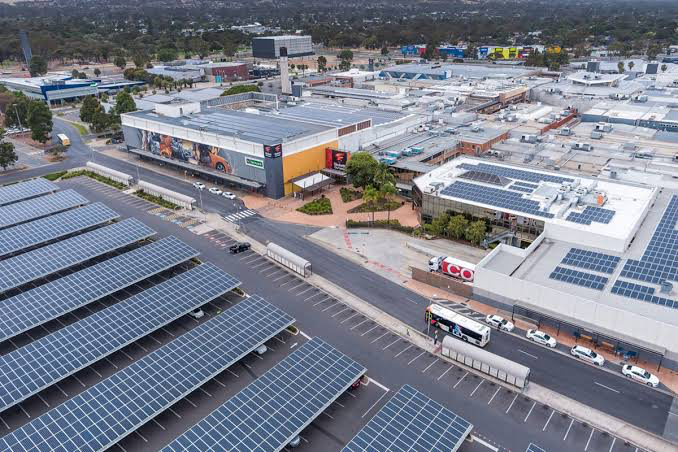Hino Motors, the Japanese truck maker, is ramping up its efforts to reduce its environmental impact and achieve carbon neutrality by 2050. The company announced that it will double the solar energy output at its truck assembly plant in Durban, South Africa, by the middle of the year.
The Durban plant, which produces about 4,000 trucks annually, currently has 6,600 square meters of roofing covered with solar panels that provide 600 kilowatts peak (kWp) of electricity. The company plans to add another 6,600 square meters of solar panels, increasing the energy output to 1,400 kWp.
This will make the plant more self-reliant and less dependent on the national grid, which is often plagued by power outages and high tariffs. The plant will also reduce its greenhouse gas emissions by about 1,800 tons per year, equivalent to the annual emissions of 390 passenger cars.
The solar project is part of the Hino Environmental Challenge 2050, a global initiative that aims to cut the carbon dioxide emissions of its vehicles by 90% and achieve zero waste to landfill at its manufacturing facilities. The challenge consists of six targets that cover every aspect of the company’s business, from product development and production to logistics and customer service.
Hino is not the only automaker that is embracing solar power as a way to green its operations and products. Several other companies, such as Tesla, Volkswagen, Toyota, and Hyundai, have also invested in solar energy for their factories and vehicles. Solar power is seen as a key technology to enable the transition to electric mobility and a low-carbon economy.
According to the International Energy Agency (IEA), solar power is the fastest-growing source of renewable energy in the world, with an annual growth rate of 22% between 2010 and 2020. The IEA projects that solar power will account for 60% of the global electricity generation by 2050, surpassing coal, gas, and nuclear combined.
Solar power is also becoming more affordable and accessible, thanks to technological innovations, policy support, and economies of scale. The cost of solar photovoltaic (PV) modules has dropped by 90% since 2010, making solar power competitive with fossil fuels in many markets. In addition, new developments such as perovskite solar cells, bifacial modules, and advanced energy storage solutions promise to increase the efficiency and reliability of solar power systems.
Hino’s solar project in Durban is an example of how solar power can benefit both the environment and the economy. By harnessing the abundant and clean energy of the sun, Hino is not only reducing its carbon footprint and operating costs but also creating jobs and supporting the local community. The company has partnered with a local contractor, Solareff, to install and maintain the solar panels, and has also donated solar-powered lights to a nearby school.
Hino’s vice president, Anton Falck, said that the company is committed to helping Hino Motors achieve its Environmental Challenge 2050 and make the world a better place to live. “Hino SA, like all the other Hino factories and distributors around the world, is committed to assisting Hino Motors in its Environmental Challenge 2050, where the target is carbon neutrality,” he said.
Source: Engineering News



